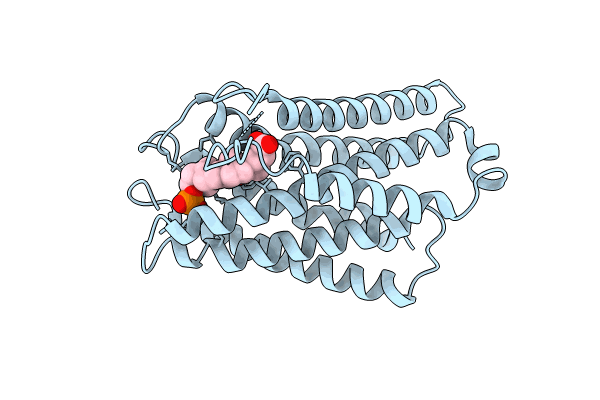
Deposition Date
2023-08-14
Release Date
2024-11-06
Last Version Date
2024-12-25
Entry Detail
PDB ID:
8KEX
Keywords:
Title:
CryoEM structure of Gq coupled MRGPRX4 with agonist DCA-3P, local
Biological Source:
Source Organism:
Escherichia coli (Taxon ID: 562)
Homo sapiens (Taxon ID: 9606)
Aequorea victoria (Taxon ID: 6100)
Homo sapiens (Taxon ID: 9606)
Aequorea victoria (Taxon ID: 6100)
Host Organism:
Method Details:
Experimental Method:
Resolution:
3.20 Å
Aggregation State:
PARTICLE
Reconstruction Method:
SINGLE PARTICLE


